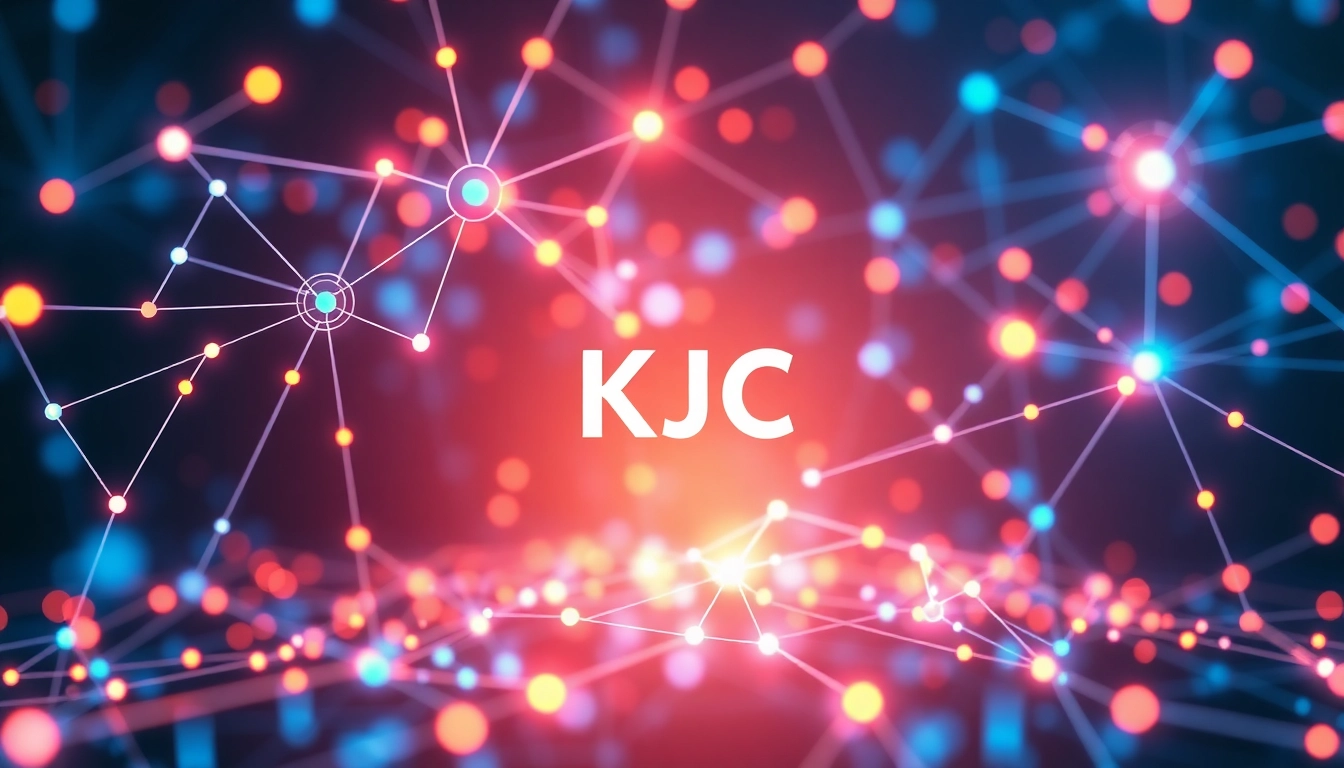Understanding the Human or Not Game: Concept and Origins
What is the Human or Not AI Social Turing Game?
In an era where artificial intelligence continually blurs the line between human and machine, the human or not game emerges as a compelling digital experiment designed to test our perception and judgment. The core premise of this social Turing game is deceptively simple: engage in a two-minute conversation with an anonymous respondent—either a human or an AI—and then determine which one you’re conversing with. The game challenges your critical thinking, intuition, and knowledge of AI behavior patterns, making it both an entertaining and insightful activity.
This interaction goes beyond typical chat experiences. It simulates real-time, unscripted conversations that can reveal subtle cues, nuances, and communication styles distinctive to humans or AI systems. For players, it’s not just about winning; it’s about understanding how advanced AI has become and how perceptive you can be at detecting these digital entities.
History and Evolution of Human or Not Tests
The human versus AI differentiation traces its roots back to the original Turing test proposed by Alan Turing in 1950. Turing hypothesized that a machine could be considered intelligent if it could convincingly imitate human responses, such that a human evaluator could not reliably distinguish it from a real person.
Over time, this concept has evolved from rigid laboratory experiments to interactive online games and social platforms such as human or not. Modern iterations leverage cutting-edge AI models—including GPT-4 and beyond—and incorporate natural language processing technologies to enhance the realism of responses. The game’s evolution reflects ongoing advancements in AI capabilities, as well as society’s growing curiosity about AI’s limits and potential.
Notably, the game also mirrors the societal and ethical debates about AI transparency, authenticity in digital communication, and the importance of digital literacy. With every new development in machine learning, the challenge to distinguish human responses from AI-generated replies intensifies, fueling innovations both in AI development and in human discernment strategies.
Why this game reflects AI development trends
The human or not game acts as a real-time barometer of AI’s progression. It exemplifies how AI models are improving in contextual understanding, emotional expression, and conversational coherence. As AI systems incorporate larger datasets, more sophisticated algorithms, and multimodal interfaces, they produce responses that increasingly mimic human thought processes and emotional cues.
By participating in this game, players witness firsthand the improvements and limitations of current AI technology. For example, early AIs produced robotic and predictable replies, but modern models like GPT-4 can generate nuanced, contextually appropriate responses that challenge human intuition. The game essentially serves as a crowd-sourced performance assessment of AI’s social intelligence, reflecting trends such as:
- Enhanced contextual comprehension, enabling AI to follow complex dialogues.
- Ability to mimic colloquial language, slang, and idiomatic expressions.
- Incorporation of emotional cues, humor, and personality traits.
At the same time, players can observe the persistent gaps—subtle inconsistencies, lack of genuine empathy, and occasional nonsensical replies—that reveal AI’s non-human origins. These insights guide AI developers in areas needing improvement and inform society about what to expect in AI-human interactions.
How to Play Human or Not: Rules and Strategies
Step-by-step Guide to Engaging in a Game Round
The gameplay is designed for simplicity and accessibility, making it easy for newcomers while offering depth for seasoned players. Here is a comprehensive step-by-step guide:
- Visit the platform: Navigate to the official human or not website on your desktop or mobile device.
- Start a new game: Initiate a chat session. You may be prompted to log in or proceed anonymously.
- Engage in conversation: You’ll be paired with either a human or an AI for a duration of exactly two minutes. During this chat, your goal is to communicate naturally and gather enough contextual clues.
- Observe responses: Pay close attention to linguistic cues, emotional expressions, response time, and consistency.
- Make your guess: Once the chat ends, you’ll be asked to classify your partner as ‘Human’ or ‘AI.’
- Receive feedback and results: The platform reveals whether your guess was correct, and optionally, provides explanations or hints.
This straightforward process keeps the game engaging while offering numerous opportunities to learn from each interaction.
Key Cues to Differentiate Human from AI Responses
Successful discrimination hinges on recognizing subtle patterns and behaviors that differentiate humans from machines. Here are some critical cues:
- Emotional depth and nuance: Humans often express genuine emotions, humor, sarcasm, or empathy that AI may struggle to replicate convincingly.
- Response consistency: AI responses tend to be overly precise or slightly inconsistent, especially in complex or ambiguous contexts.
- Response timing: While AI can reply rapidly, humans may take longer, especially when formulating thoughtful answers.
- Use of idioms and colloquialisms: Genuine human conversation often includes slang, regional expressions, and cultural references that AI might not accurately imitate.
- Handling of open-ended questions: Humans are more likely to provide nuanced, varied answers, whereas AIs may give generic or overly formal replies.
- Error patterns: Minor grammatical mistakes or typos can indicate human typing habits, though advanced AI can sometimes mimic these as well.
By sharpening your awareness of these cues, you elevate your chances of correctly identifying whether you’re engaging with a human or AI.
Tips for Improving Your Guessing Accuracy
Enhance your performance in the game with these practical strategies:
- Practice active listening:
- Focus attentively on communication patterns, emotional cues, and the coherence of responses.
- Ask unpredictable questions:
- Break patterns by posing open-ended, unusual, or humorous questions to test the respondent’s adaptability.
- Use your intuition:
- Trust your gut, especially when responses seem eerily perfect or slightly off-beat.
- Leverage cultural knowledge:
- Notice idiomatic expressions, slang, or references that resonate with human cultural context but may challenge AI models.
- Reflect on previous plays:
- Analyze past interactions to identify patterns or signs that consistently distinguish humans from AI.
These tactics can significantly boost your accuracy and overall enjoyment, turning each game into a learning experience about AI capabilities.
Benefits of Playing Human or Not for Personal and Skill Growth
Enhancing Critical Thinking and Perception Skills
Engaging regularly with the human or not game sharpens your ability to analyze language, tone, and context. It cultivates a keener observational acumen, fostering skills applicable in areas like digital literacy, communication, and even psychological assessment. Recognizing subtle cues develops your capacity to navigate complex information and discern authenticity in various online interactions.
Gaining Insights into AI Advancements and Behavior
The game functions as a continuous, dynamic learning platform. By participating, you acquire firsthand experience of how AI systems operate, their strengths, and their gaps. This understanding aids in predicting AI responses in future scenarios, fostering critical awareness necessary for responsible AI usage, policy-making, and ethical considerations.
Building Awareness of Digital Communication Nuances
In a digital economy increasingly mediated by AI, understanding communication disparities becomes invaluable. Playing the game helps you internalize the differences in language style, emotional expression, and conversational flow, enhancing your digital literacy and preparing you for more informed social interactions.
Integrating Human or Not into Your Digital Routine
Ways to Incorporate the Game into Daily Learning or Team Activities
Educational institutions and corporate teams can leverage Human or Not for various purposes:
- Team-building exercises: Foster collaboration and critical thinking by challenging team members to identify AI responses.
- Language development: Use the game to practice language skills, especially in learning new idioms or expressions.
- AI literacy workshops: Incorporate game sessions into training to illustrate AI’s capabilities and limitations.
Using Game Data to Understand AI Progress and Limitations
Analyzing patterns in your game results—such as common misclassifications—provides insights into AI’s abilities. This data can inform AI development projects, educational content, and user awareness programs, making it a valuable tool for both individual growth and broader AI literacy initiatives.
Participating Safely and Maximizing Fun on Mobile and Desktop Platforms
Ensure a secure experience by following best practices:
- Use trusted, official versions of the game through secure browsers.
- Maintain privacy by avoiding sharing personal information during interactions.
- Take advantage of the platform’s responsive design to play seamlessly on any device.
Regular engagement can turn this game into a productive habit that boosts your perceptual skills without compromising safety.
Future Trends and Challenges in Human or Not Technologies
Emerging AI Capabilities and Their Impact on the Game
As AI models advance—integrating multimodal inputs like images, audio, and emotional intelligence—the game’s complexity will escalate. Future iterations may incorporate voice recognition or even emotional state detection, creating more realistic and challenging interactions. This evolution demands that players continuously adapt their detection strategies.
Potential Updates and Features for Enhanced User Experience
To stay ahead in this rapidly evolving landscape, platform developers might introduce features such as:
- More nuanced AI responses with emotional nuances
- Gamified learning modules to educate players about AI
- Leaderboard systems to encourage healthy competition
- Integration with VR or AR for immersive experiences
Ethical Considerations and Privacy Protections for Players
With increasing AI sophistication, ethical concerns intensify—particularly regarding transparency, consent, and data privacy. Developers must ensure compliance with privacy laws and implement transparent policies, clearly informing players about data collection, AI functions, and potential biases.
Ensuring user safety and fostering trust remain paramount as the technology and the platform itself evolve to meet ethical standards.



